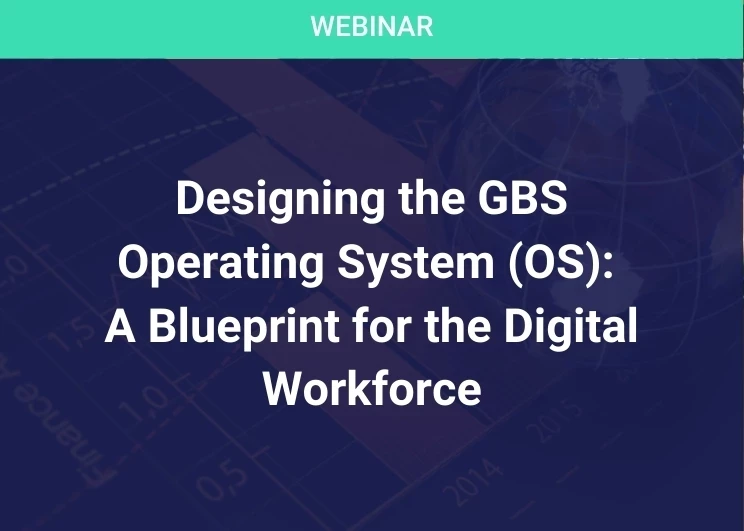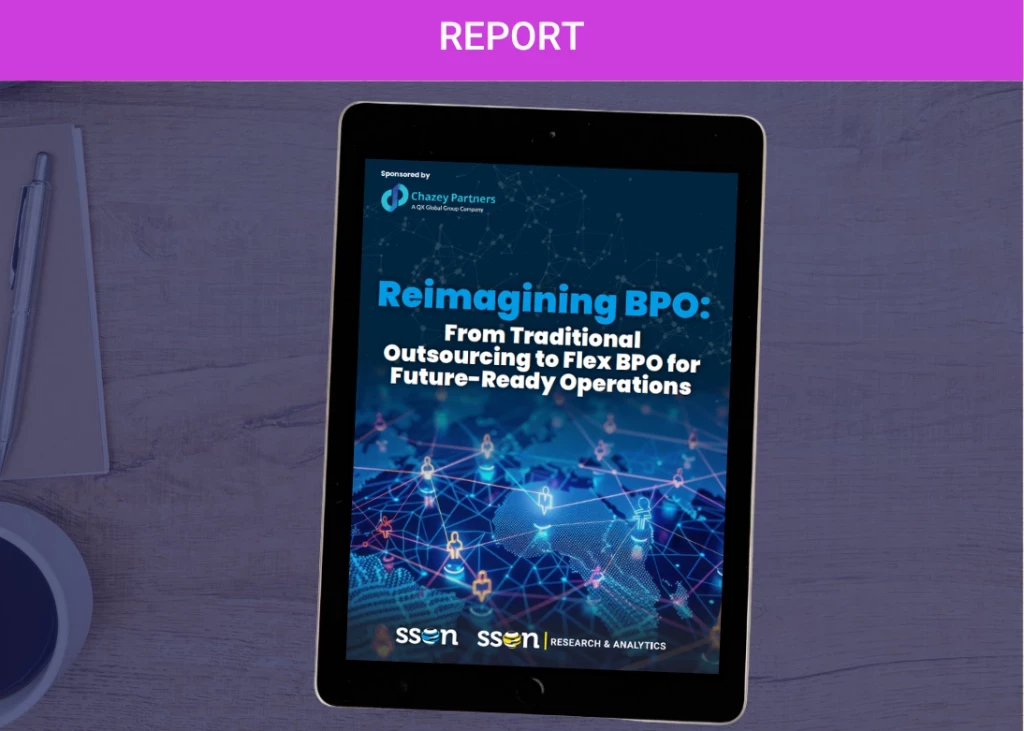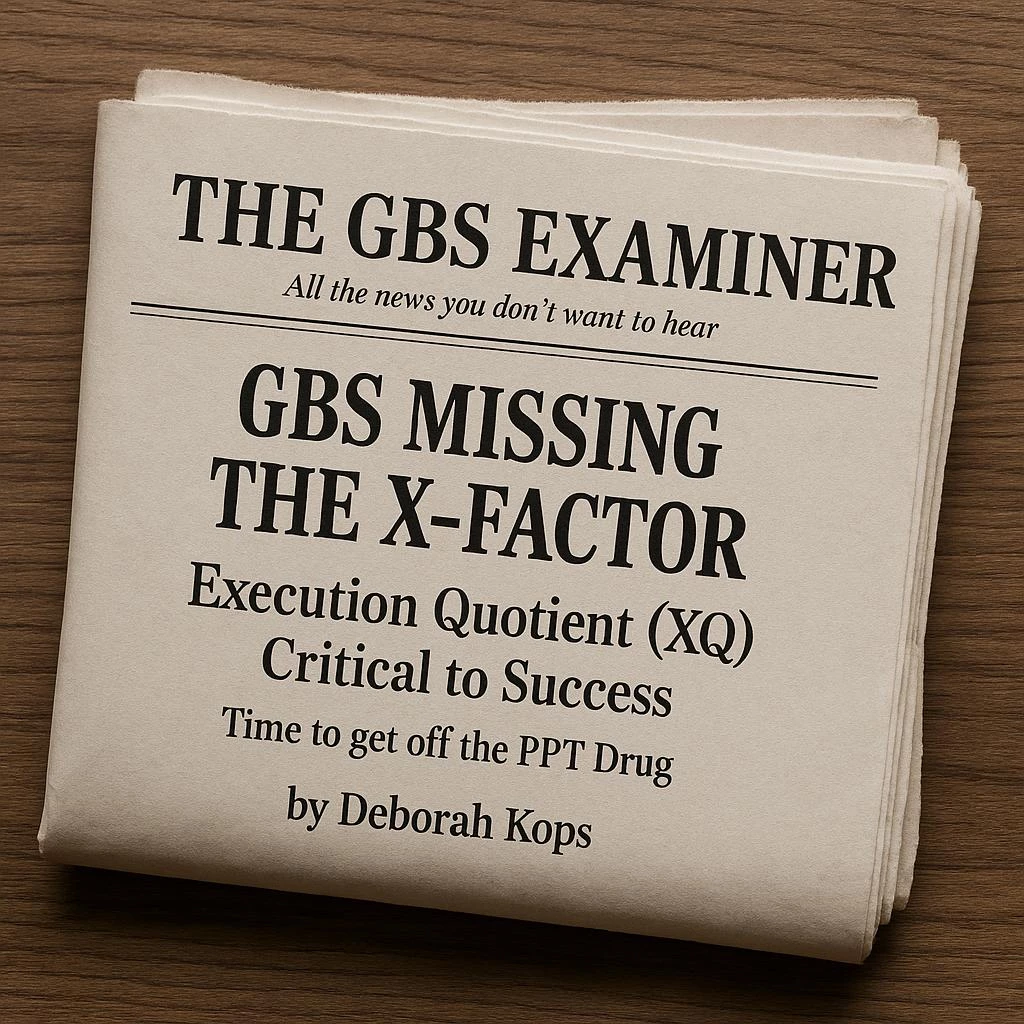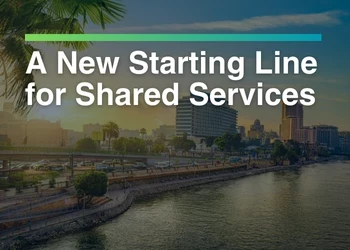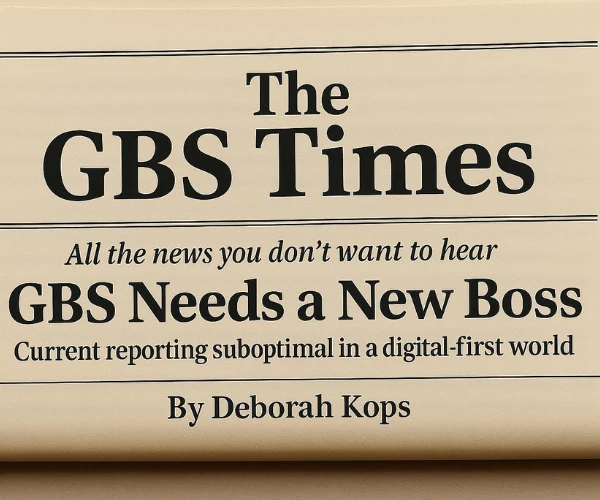Another One Bites the Dust: Maintaining Organizational Agility in Your Business Services
Add bookmark
We’ve always been intrigued by the shifts in organizational models among business services organizations. Just in the last month, we observed one highly acclaimed multifunctional global business services (GBS) organization get split apart. At the same time, another organization is moving to a highly integrated multifunctional GBS model. If there is one key lesson learned for business services leaders it is that you need to be prepared to pivot to shifting models.
You need to look no further than SSON's 2023 State of the Shared Services & Outsourcing Industry Global Market and State of GBS in 2023 and Beyond reports, as represented by Figure 1, to see the variety of business services operating models as well as the movement between models. While there is a clear trend toward GBS there are multiple flavors of the model.
Figure 1


Sources: 1) SSON’s State of Shared Services & Outsourcing Industry Global Market Report 2023
2) SSON’s Research & Analytics, The State of Global Business Services in 2023 and Beyond, 2023
We often like to visualize business services as following a straight line of maturity from one organizational model to the next. We postulated our own framework for organizational evolution in the SSON article, The GBS Paradox: Single vs. Multi-functional Global Business Services and depicted in Figure 2 below. But the reality is that it is rarely a straight-line path, and frequently multiple versions of a model may exist within an overall business services organization. SSON’s State of the Shared Services & Outsourcing Industry Global Market Report 2023 highlights that greater than 70% of business services include elements of a landlord model (what we reference as Aggregated Business Services in Figure 2). This report, along with the GBS Paradox article, outlines the conditions that inform which model may be best suited for your situation.
Figure 2

One thing we know for sure is that, pardon the play on words, but organizations are organic. The two words come from similar Greek origins. Organizational models constantly shift. Business services leaders appear to be relatively well attuned to this reality. In SSON’s State of the Shared Services & Outsourcing Industry Global Market Report 2023, agility/organizational flexibility was cited alongside value, effectiveness, and customer intimacy as one of the top business services priorities only behind cost/efficiency and service excellence. Without agility, organization tends to get whip sawed and frequently lose a great deal of value during organizational model transitions.
Below are some of the things you can do to build organizational agility in business services:
1. Start with a well-defined product and value proposition that evolves. Your product (or set of products) may be a particular service, solution, or capability. Importantly, recognize that your business services value proposition and corresponding products are likely to shift over time. For instance, in the early days of business services, your value proposition may be unlocking efficiency and service excellence for transactional activities. Later it may be integrating end-to-end processes to enhance customer and user experience. And at another time, it may be enabling business outcomes through capabilities such as data and analytics. In each case your organizational model needs to adapt.
2. Build agility into your talent planning including you and your business services leadership. Don’t presume that the skills (and compensation) of those required to transition into a new business services model are the same as to run in a steady state mode or in a mode with changing services. It is okay to anticipate that your or your leadership team may need to assume different roles over time. Cultivate adaptable leaders.
3. Invest in staying agile and ahead. Most business services’ dedicated transformation and change management efforts are episodic centered on a project such as a service transition or process or technology implementation. Don’t re-engineer away the transformation and change management teams, repurpose and refocus them on the next chapter including new business, continuous improvement, and product development.
4. Continually monitor the pulse of the overall organization. Business strategies and priorities change. Internal leaders change. Those who are your champions may shift their priorities. Maintain a healthy dose of paranoia. Your model is always at risk and you need to be thinking ahead.
5. Adopt agile processes. Promote fast decision making and acceptance of “good enough” outcomes with the ability to test, learn, and adjust to different models.
6. Maintain strong governance. Don’t put yourself out on an island as a business services leader. Keep business and functional leaders engaged in the decision making regarding the direction of business services. This will allow the full ecosystem of functional guidance, business unit demand management, and business services delivery to change in sync with whatever business services model you are adopting.
7. Keep your aspirations aligned with the business. As a business services leader, it is important that you establish a vision for business services and enroll stakeholders in the vision. However, keep in mind that the vision as well as the execution of the vision needs to stay aligned with the needs and overall business model of the company. Business services organizational model changes are sometimes triggered when either the nature or pace of implementation is grounded purely in an external view of the business services marketplace or an individual leader’s aspiration and not informed by the business model and needs of the company.
8. Strengthen your core. All business services organization models require solid process and service management. If you keep your foundational elements strong, you can sustain value through organizational transitions.






